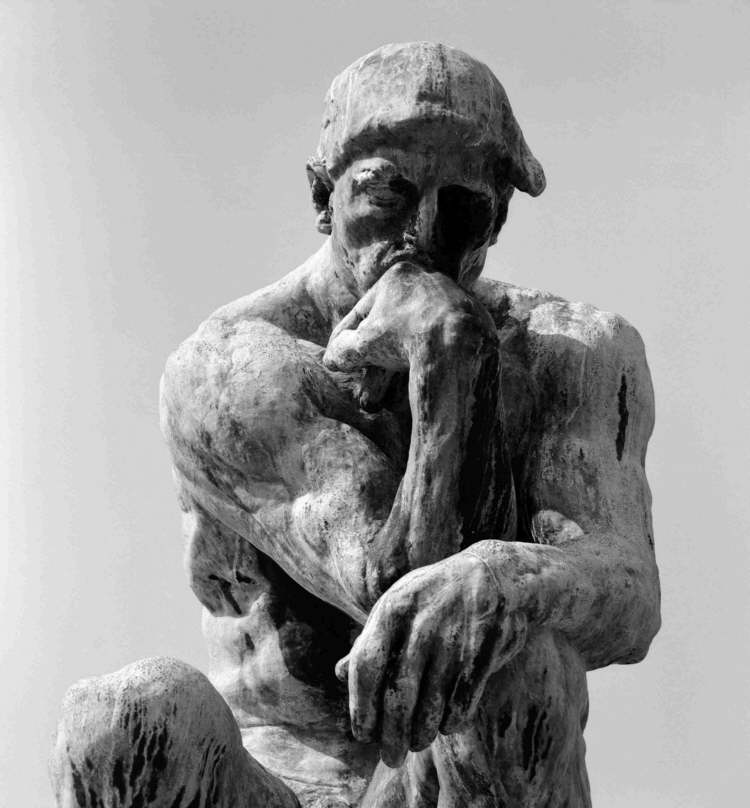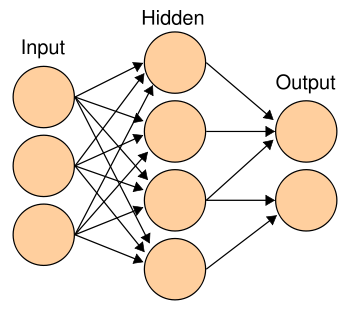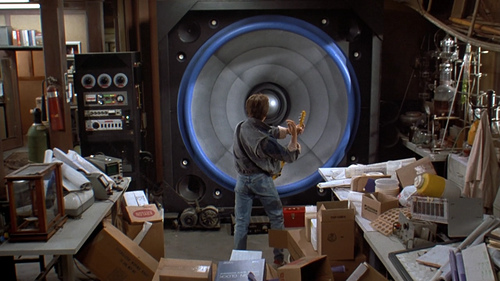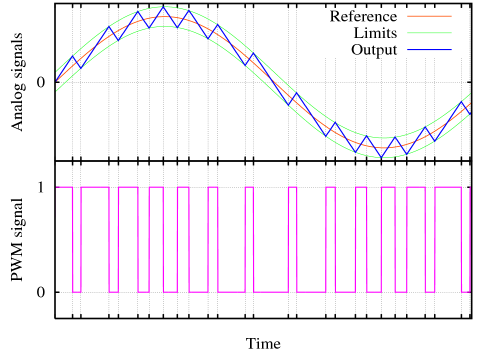Class-D Efficiency
Sunday, November 23rd, 2008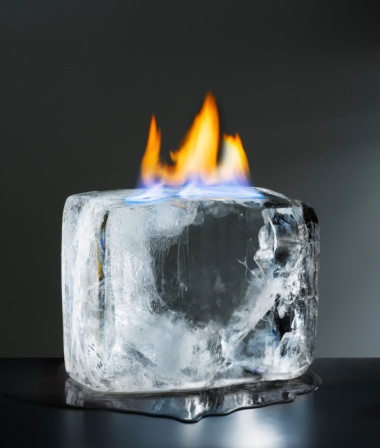
The maximum theoretical efficiency for a linear amplifier is about 78.5%. This assumes zero idle losses and static supply rails (i.e. not a class-G or class-H amplifier). The maximum theoretical efficiency of a switching amplifier is 100%. This assumes zero idle losses and “perfect” switching devices. Of course you can never really achieve 100% efficiency – the second law of thermodynamics forbids this – but you can achieve 90%, 99%, 99.9% and 99.99% as the technology improves to allow for it.
The determination of efficiency is a fairly straightforward measurement for a given product. Unfortunately, marketing sometimes gets a hold of it and the following scenario occurs:
Worldly marketing type: “Hey Bob, sweet amp.”
Innocent engineering type: “Gee Fred, ya think so? Thanks!”
Worldly marketing type: “Yah, but we could really improve our position against XYZ if the efficiency were higher than 75%…”
Innocent engineering type: “But I’m giving the end-to-end efficiency and XYZ is claiming an efficiency of 99.5% by only including the losses in the power cord!”
Worldly marketing type: “Uh-huh.”
Innocent engineering type: [Exasperated] “Okay, fine. I’ll work on it after I take my Honda in for an oil change at lunch. How’s the Bimmer working out for ya?”
Worldly marketing type: “Fine, just fine.”
The bit about the car types was inspired by Guy Kawasaki.

